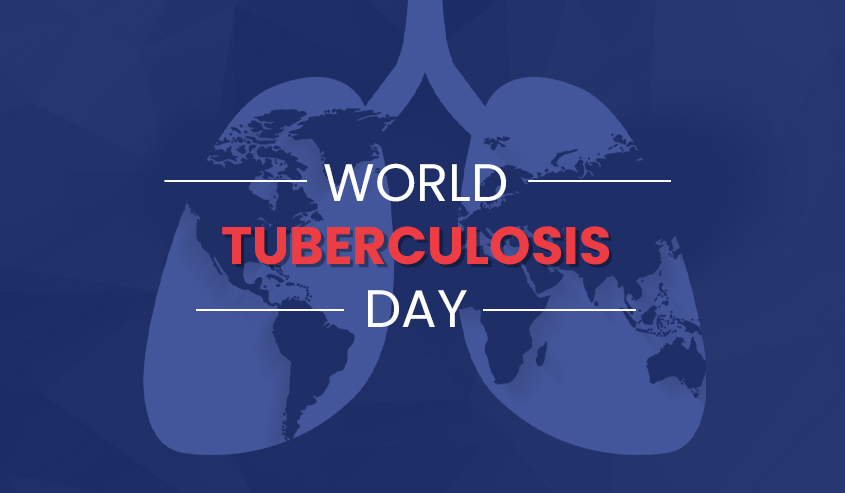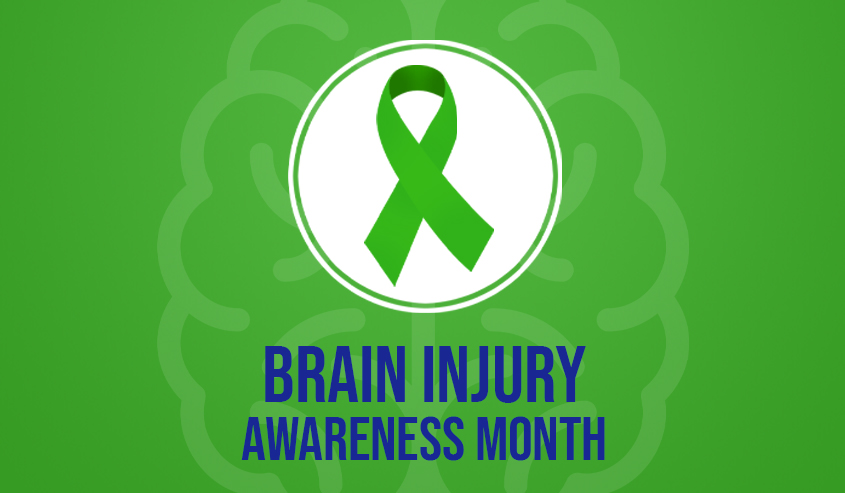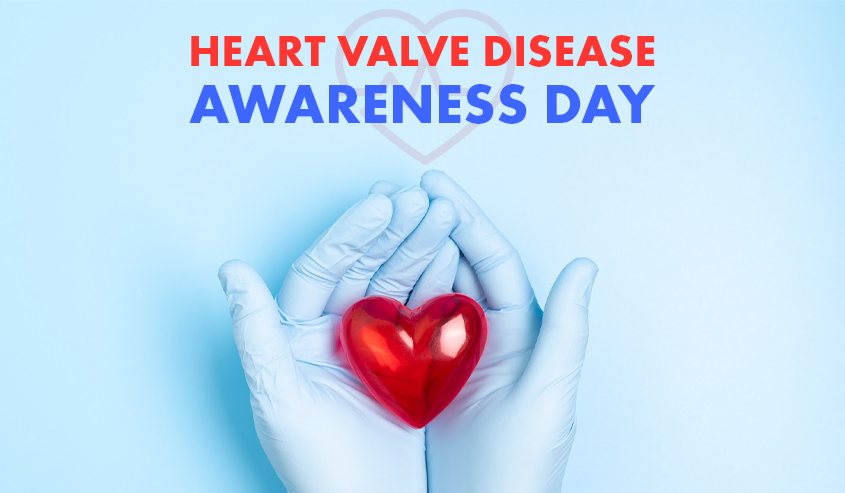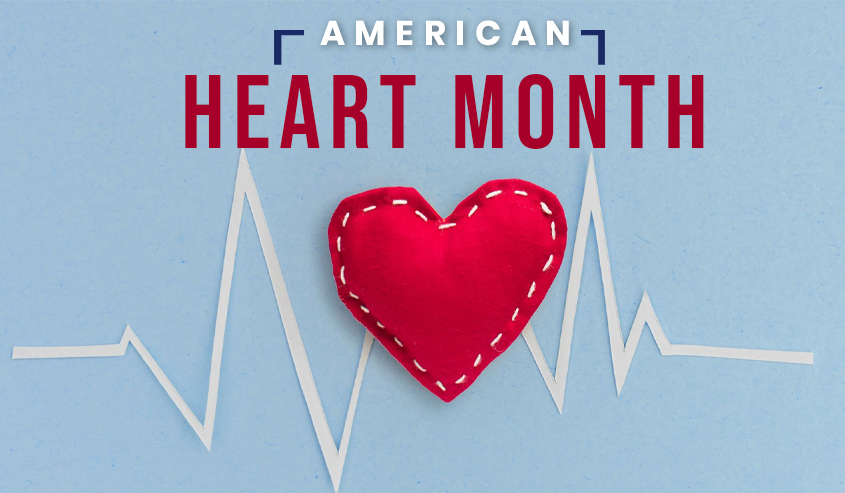In this modern world we’re living, we have found solutions for the everyday problems that have bothered us for so many years. But the truth is that the oldest problems of humanity are still with us, and even worse than in the beginning. Stress. Many people are overwhelmed with problems and worries. Stress is one of the primary causes of mental health problems, such as anxiety and depression, cardiac problems, insomnia, low immune system, and many others. Due to this growing problem, every April has been held as Stress Awareness Month since 1992. In this 30-day challenge, people are encouraged...

How Can I Know if I Am Suffering from Irritable Bowel Syndrome (IBS)?
Living with a constant disease can be hard, but if you know how to treat it correctly, it will be way easier to deal with it in the long run. If you suspect you’re suffering from Irritable Bowel Syndrome, or by its acronym IBS, there are some things you can do to treat it properly. First of all, you need to recognize the symptoms, that way, you’ll know how much this disease has been affecting you. Since this disease affects the digestive system some of the main ones are diarrhea, stomach cramps, stomachache, bloating, and constipation. Although it may seem...

2021 World Tuberculosis Day
Every year, on March 24th, we take a day to commemorate World Tuberculosis (TB) Day. The purpose of World TB Day is to, step by step, raise more public awareness about the many consequences of tuberculosis. Tuberculosis not only affects the health of an individual but also damages its social relations and severely affects its financial position. One of the purposes of World TB Day is to end the tuberculosis epidemic around the world. Facts About World TB Day The date that was chosen for this commemoration marks that day in which Dr. Robert Koch, in 1882, made a crucial...

How to Start Caring About Your Health
You may be wondering what is National Nutrition Month and since when is it a thing? Don’t worry, we’re here to answer those questions and also give you some tips about how to improve your health during this month and in the future as well. Remember that, even if we are in the National Nutrition Month, that does not mean that you should only care about your health during these weeks. What is National Nutritional Month? National Nutrition Month also called National Nutritional Month, is a campaign done once a year, which was developed by the Academy of Nutrition and...

What You Need to Know About Sonograms and the Difference With Ultrasounds
People often make a common mistake, which is to believe that both a sonogram and an ultrasound mean the same thing. These terms used interchangeably, are actually quite distinct. Let’s have a quick survey of the most obvious differences between both: An ultrasound is a technological means manipulated to take pictures A sonogram is the product of an ultrasound; a picture To give a small metaphor, we can talk about ultrasound as a producer, while the sonogram is the end product of its labor. When we talk about sonography, we refer to the use of ultrasound as a tool for...

What is the Brain Injury Awareness Month?
The Brain Injury Awareness Month is recognized yearly in March. This month and the meaning we have given to it gives us the chance to highlight the prevention of traumatic brain injury, usually abbreviated as TBI, and to further research to improve the wellbeing of individuals who are living with them and their families. But what is TBI? As stated above, TBI stands for traumatic brain injury. TBIs can have terrible consequences, and they are always caused by some impact or force exerted over the head or the body. They can also be caused by penetrating injuries to the head....

Heart Health Valve Disease Awareness Day
The month of February is all about your heart and keeping it healthy. For instance, it’s American Heart Month while the 7th through the 14th is Congenital Heart Defects Awareness Week as well as National Cardiac Rehabilitation Week. However, did you know that the 22nd is not only George Washington’s birthday, it’s also Heart Valve Disease Awareness Day? Interestingly enough, over 11 million Americans suffer with HVD yet 75% of all Americans know little if anything about it. The goal of this day is to increase recognition and raise awareness of heart valve disease as well as the risks and symptoms...

National Cardiac Rehabilitation Week
The week of February 8th through the 14th is National Cardiac Rehabilitation Week and founded by the AACVPR (American Association of Cardiovascular and Pulmonary Rehabilitation). Established in 1985, the AACVPR focuses on increasing awareness of cardiac rehabilitation and its many benefits. The organization’s primary goal is to reduce the disability and mortality caused by cardiac and pulmonary disease through clinical research, education, management, prevention, and rehabilitation. What does Cardiac Rehabilitation involve? Many individuals at risk of or are already suffering with heart disease have improved their physical health and performance with cardiac rehabilitation. So, what exactly does it involve? Cardiac...

Congenital Heart Defect Awareness
The American Heart Association named the month of February as American Heart Month. However, there are other heart health awareness campaigns that occur during this month as well. What is a Congenital Heart Defect? A congenital heart defect occurs before birth and is a condition where the blood vessels adjacent to the heart or the heart itself don’t develop normally. The term “congenital” means existing at birth. Although congenital heart disease and congenital heart defect are often used interchangeably, defect is the more accurate of the two. This condition is not a disease but an abnormality. Your pediatrician or other...

American Heart Month: Diagnostic Imaging in Heart Health
In addition to the month of February being American Heart Month, the focus is also on women’s heart health. As you may or may not know, cardiovascular disease or heart disease is the #1 killer of women. So, in order to raise awareness, the American Heart Association created “Go Red for Women”, its signature women’s initiative that happened this past Friday. Go Red for Women is a comprehensive platform that was developed to increase awareness of women’s heart health. Consequently, people are urged to wear red on that day to commemorate this initiative. After reading this blog post head on...

